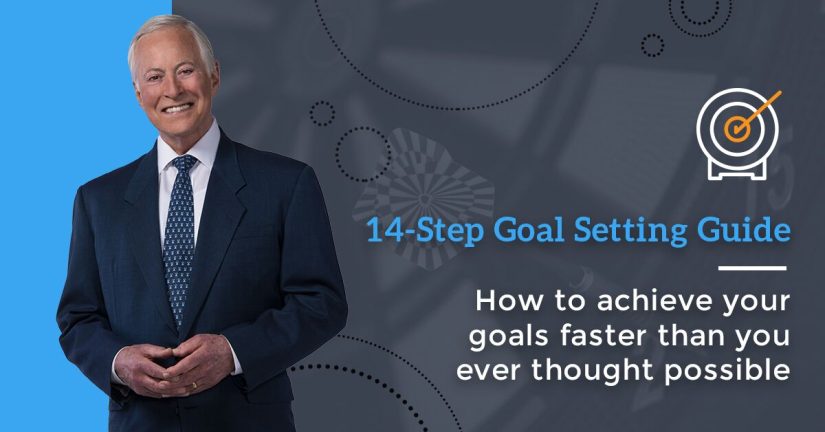
# Do You Have Your Finances Under Control? A Comprehensive Guide to Getting Out of Debt
*Guest Post by Ashley Jenkins*
Handling personal finances can often seem like trudging through a maze, particularly when debt complicates the scenario. For many, debt acts as a formidable obstacle that hinders the journey toward financial independence and lasting wealth accumulation. It’s all too easy to overlook the figures and survive on a paycheck-to-paycheck basis until the burden of financial responsibilities becomes too much to bear. In this thorough guide, I will highlight the essential steps you can take to organize your finances and initiate a robust strategy for eliminating debt.
## A Personal Wake-Up Call
Prior to gaining an interest in personal finance, I lived a life of blissful unawareness. Even though I maintained a basic Excel spreadsheet to monitor my budget, I seldom compared it to our actual expenditure, leading to several startling insights.
For instance, my spouse and I discovered that $1,650 of our monthly earnings was being drained away for debt repayments. Here’s a snapshot of our debt situation:
**Debt Overview**
– **Car 1**: Loan Balance: $6,841 | Interest Rate: 2.90% | Monthly Payment: $385.65
– **Car 2**: Loan Balance: $12,940.84 | Interest Rate: 4.19% | Monthly Payment: $364.73
– **Federal Student Loan**: Loan Balance: $51,000 | Interest Rate: 6.8% | Monthly Payment: $500.00
– **State Student Loan**: Loan Balance: $19,900 | Interest Rate: 3.20% | Monthly Payment: $200.00
– **Bob’s Student Loan**: Loan Balance: $6,800 | Interest Rate: 6.75% | Monthly Payment: $200.00
– **Total Debt**: $97,481.84
– **Total Monthly Debt Payments**: $1,650.38
Observing those figures was painful. Debt was not only consuming our monthly income but also the potential losses from not investing that money were staggering. If we had been able to invest $1,650 each month for 25 years at an annual return of 6%, we would have accumulated over $1 million in assets!
Realizing this, we pledged to take charge of our finances in December 2017. I’m pleased to say that we are on course to be free of debt (excluding our home mortgage) by November of this year. Here’s the approach that aided us in confronting our debt — a guide that can assist you as well!
—
## The 5 Surefire Steps to “Get Out of Debt”
### **Step 1: Track Where ALL Your Money Goes**
The foundation of financial mastery is straightforward yet challenging: monitoring your expenditure. With the prevalence of credit cards, it’s simple to lose track of your cash flow. Begin by saving receipts, utilizing a budgeting app, or incorporating tools like Mint or EveryDollar to organize your expenses.
Personally, I lean toward Mint as it streamlines expense tracking and offers adjustable budget categories. This exercise was incredibly revealing for us. Once we understood where our money was allocated, we could make educated choices and devise a budget aligned with our financial objectives.
—
### **Step 2: Create a Budget and Strategize to Save**
Budgeting isn’t about restriction; it’s about purpose. After tracking your spending, establish budget categories to facilitate effective financial allocation. While all households have fundamental needs like shelter, food, and transportation, your personal budget will differ based on your lifestyle.
Here’s an example of my spending allocations:
– **Housing expenses**
– **Groceries**
– **Fuel and vehicle upkeep**
– **Dining out**
– **Leisure activities**
– **Education**
– **Miscellaneous costs**
– **Savings (Emergency fund, investments, etc.)**
One pitfall I successfully avoided was excessive spending on Amazon by allocating a specific line item for online shopping in my budget. It’s essential to discipline yourself to stay within your financial limits. The beauty of a budget lies in its ability to redefine your money’s role — it suddenly has a mission!
—
### **Step 3: Build an Emergency Fund**
While it may seem counterproductive, prioritizing a savings fund for emergencies before aggressively tackling debt is crucial. Unexpected expenses will arise, and having 3–6 months of living expenses saved will shield you from falling back into debt when unforeseen costs occur.
We had an emergency fund established before embarking on our debt-free journey, which provided us with reassurance as we worked to reduce our balances. Once you’ve recognized spending patterns and framed a budget, constructing this financial cushion becomes more manageable.
—
### **Step 4: Use the Debt Snowball Method**
The Debt Snowball Method
